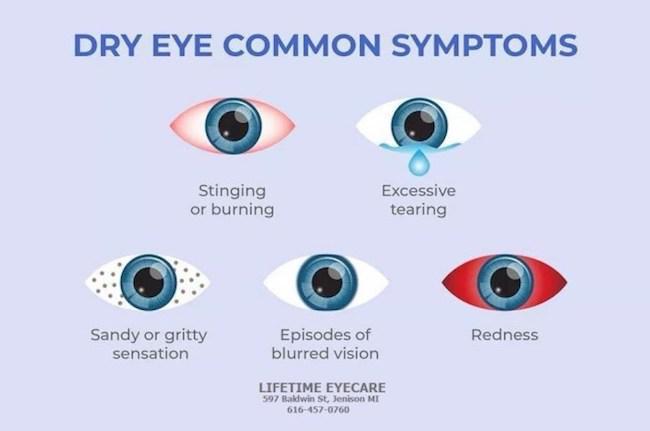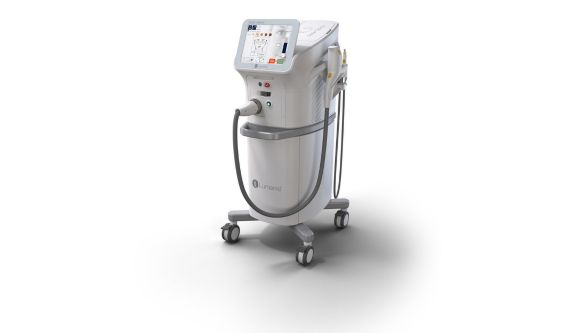
If your eyes are constantly itchy or dry, you may have dry eye syndrome, which affects almost 10 million Americans. Dry eye syndrome is caused by lack of, or poor quality of, tears. Tears lubricate the outer layer of the eye called the cornea. If the tears are not composed of a proper balance of mucous, water, and oil, the eye becomes irritated.
Symptoms
Dry eye syndrome leads to a number of symptoms, including itching, irritation, burning, excessive tearing, redness, blurred vision that improves with blinking, and discomfort after long periods of watching television, driving, using a computer, or reading.
Risk Factors
There are many environmental factors that can contribute to dry eye syndrome. These include dry, hot, or windy climates, high alititudes, air-conditioned rooms, and cigarette smoke. Contact lens wearers, people with drier skin, and the elderly are more likely to develop dry eye syndrome. You may also be more at risk if you take certain medications, have a thyroid condition, a vitamin-A deficiency, Parkinson's or Sjorgen's disease, or if you are a woman going through menopause.
Potential Treatments
- Artificial Tears: oil based and preservative-free
- Gel or ointment before bed
- Bruder Mask
- Lid Scrubs
- HydroEye: a supplement that helps treat dry eye syndrome
- Xiidra or Restasis: prescription eye drops to help reduce inflammation
- Punctal Plugs
- Intense Pulsed Light (IPL) Therapy
- Serum tears
While dry eye syndrome is common, those who are affected do not have to suffer silently. If you think you may have dry eye syndrome, call us today (515-964-1671) or go online to schedule an exam totalk to your optometrist today about the best treatment for your dry eyes!





